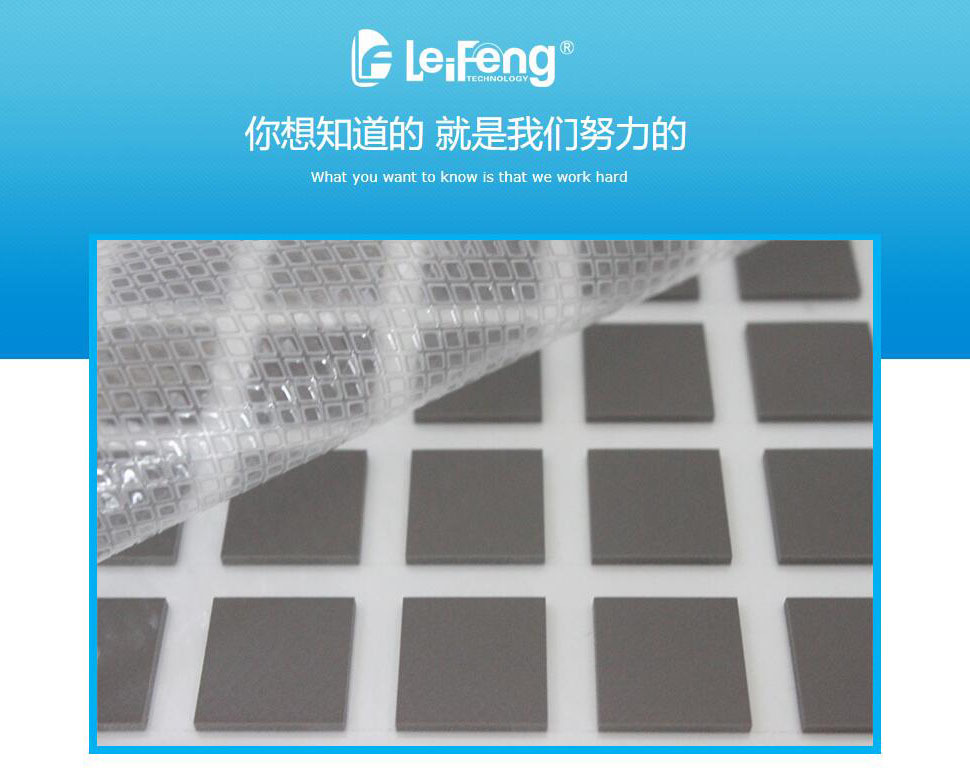Phase Change: What are the advantages of phase-change memory?
Release time:
2021-08-25
Phase Change: What are the advantages of phase-change memory?
Phase-change memory (PCM) is a novel storage technology currently under development by numerous companies. This technology combines the advantages of today's volatile and non-volatile memory, providing system engineers with highly attractive technical characteristics and functionality. Engineers no longer need to spend time resolving the so-called peculiar characteristics of storage technologies that had to be overcome in previous years. Therefore, when designing systems with NOR or NAND flash memory, engineers must possess many flexible skills.

Phase Change: What are the advantages of phase-change memory?
Because phase-change memory is easy to use, designers can forget about all the previous quirks. Phase-change memory can also significantly shorten time to market, improve system efficiency and coding capabilities, and reduce product costs. Application design usually requires RAM memory chips to compensate for the slow and complex flash memory programming protocol. By switching to phase-change memory, the capacity requirements for RAM chips in many designs can be reduced, or even eliminated entirely. Therefore, designers have found that replacing existing flash memory with phase-change memory is indeed worth a try in many design scenarios.
Why does phase-change memory have great potential, and why is it now officially approaching mass production? There are many reasons for raising these two questions. The main reason why phase-change memory has not flourished in the market so far is that the economic benefits of existing storage technologies far outweigh any new alternative technologies. This is a situation that every new technology entering the market must face, so many new technologies are eliminated by the market as soon as they are launched.
For specific process technologies, compared to successful traditional competing products, these alternative memory chips are either larger in chip area or have extremely high wafer manufacturing costs. In the always cost-oriented memory market, chips with high manufacturing costs have a minimal chance of replacing existing technologies. However, this situation will soon be broken, because in the next few years,Phase ChangeThe cost gap between phase-change memory and DRAM will decrease.
On the positive side, several reasons suggest the existence of phase-change in the near future, which has attracted considerable market attention. Material technology has made significant progress in the past decade, and the feasibility of manufacturing high-purity thin films for phase-change memory is much higher than before. In addition, many breakthroughs have been made in the chalcogenide materials required for phase-change memory, which are now used in the mass production of CD-R and CD-RW discs.
At the same time, scientists have also made considerable progress in understanding the physical properties of these materials. The reduction of process technology nodes has also played a corresponding role: in the past, the area of the heated material was relatively large, and changing the state of a phase change once required a considerable amount of energy. With the shrinking of technology nodes, the previously ocean-like heating material has now become the size of a bathtub.
The industry generally accepts that flash memory will reach its technological node limit, which also drives follow-up technological research and development activities beyond this limit. Although flash memory upgrade limitations have been delayed for many years, all flash memory manufacturers acknowledge that the era when flash memory cannot be upgraded to the next technology node is approaching, and at that time the flash memory industry will have to change technologies.
Previous Page
Related Information
